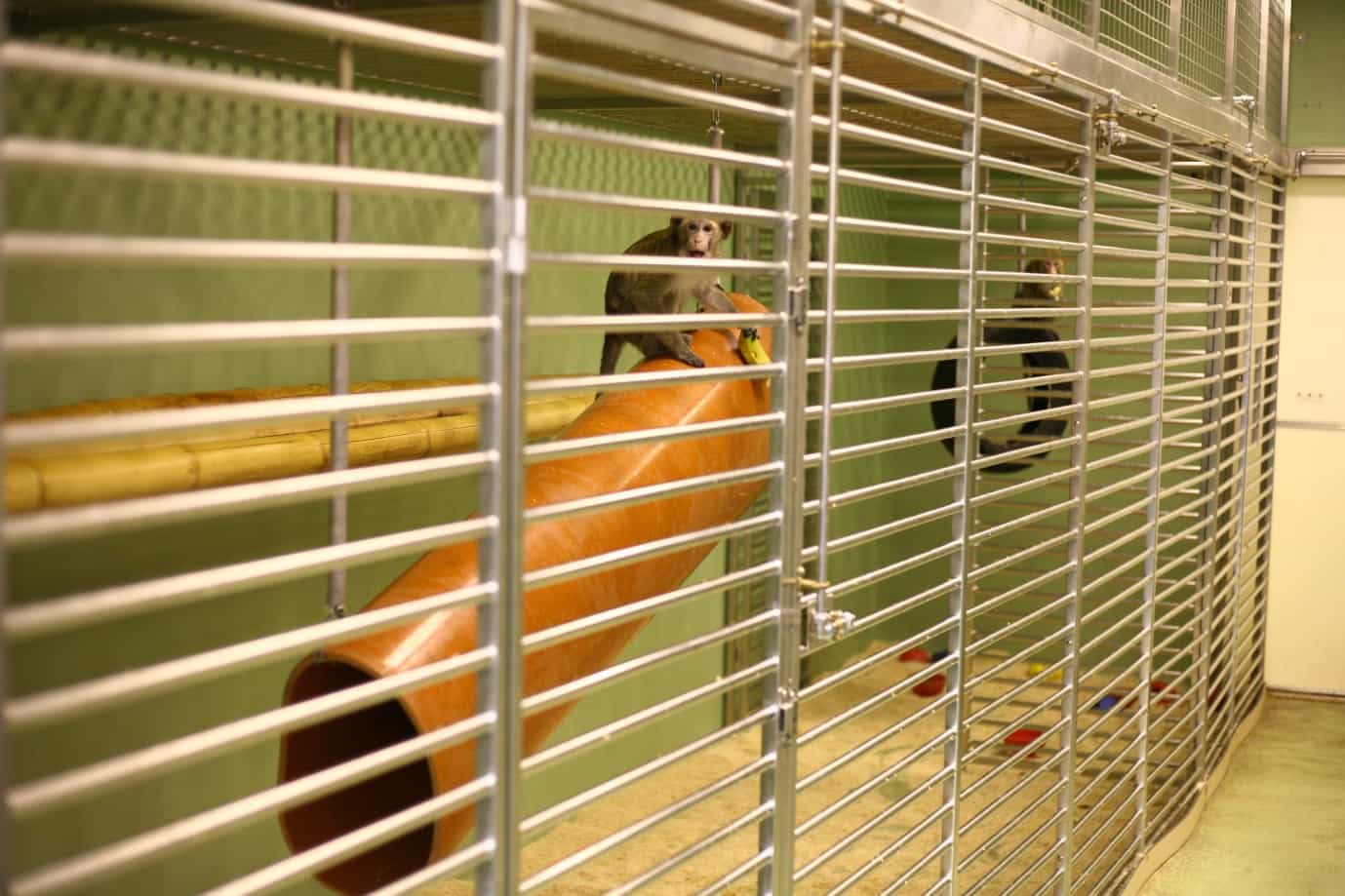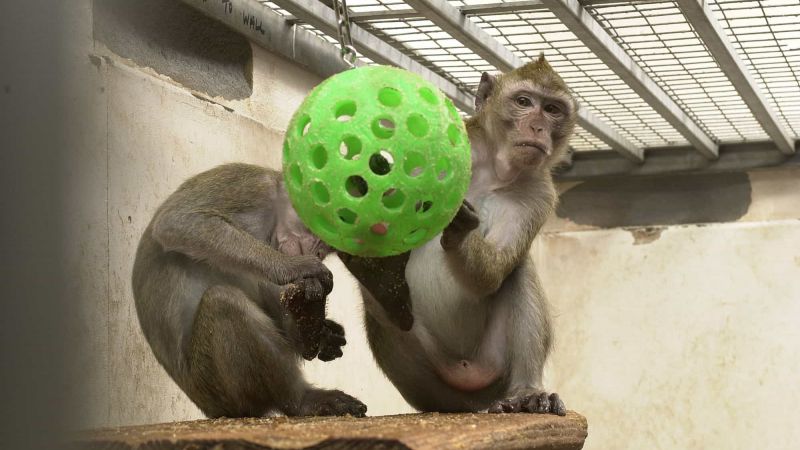
11 April is World Parkinson’s Disease Day, held every year on James Parkinson’s birthday to raise awareness of the disease and the research being done to alleviate it. 2017 is the 200th anniversary of James Parkinson’s identification of the condition named after him, and coincides with the publication of promising new work aiming to replace damaged brain cells. It is also fifteen years since Deep Brain Stimulation for the treatment of Parkinson’s was approved by the FDA.
In 1817 James Parkinson (1755-1824) wrote his pioneering Essay on the Shaking Palsy, which first defined the condition we now call Parkinson's disease. The symptoms identified by Parkinson two centuries ago - including shaking, rigidity, balance problems and slowed movement - are still used to diagnose the disease today. Although he was unable to identify the cause of the condition, Parkinson’s remarkably accurate description of the symptoms, and the disease in all its different stages, eventually led to it being named in his honour.
Arvid Carlsson’s research in the 1950s using mice, rats and rabbits showed that the neurotransmitter dopamine was involved in the nerve signals responsible for movement, and that dopamine dysfunction could result in serious disorders such as Parkinson’s disease. When dopamine-producing cells in the area of the brain known as the substantia nigra die, the resulting lack of dopamine affects the control of nerves responsible for movement. Carlsson also experimented with treatments to replace the dopamine lost when cells in the substantia nigra die, leading to the provision of levodopa, or L-dopa, a chemical that the brain converts into dopamine. He was awarded the Nobel Prize for Physiology or Medicine in 2000.
While L-dopa and other drug treatments to increase dopamine production are helpful for some patients, they do not work for all, and in some cases they stop working over time.
Studies of monkeys led to better understanding of the entire nerve circuitry involved in human Parkinson's disease. Part of the problem is that the loss of dopamine in a region called the basal ganglia causes the output system to seize up because other areas of the brain become too active. Switching off a specific part of the basal ganglia called the subthalamic nucleus can curb these effects. This is done by stimulating this brain area with tiny amounts of electrical current. A brain 'pacemaker', or Deep Brain Stimulation (DBS) of the subthalamic nucleus, reversed and improved the movements of monkeys with Parkinson’s disease. The advance also proved effective in human patients and was approved by the US Food and Drug Administration in January 2002. The benefits are often immediately apparent and quite dramatic. Hundreds of thousands of patients worldwide have been treated with DBS over the past 15 years.

Research using macaque monkeys was important to the development of Deep Brain Stimulation
Mike Robbins, who sadly died in 2016, was happy to demonstrate how deep brain stimulation helped him to control the symptoms of Parkinson's disease. He took part in a video called ‘What has animal research done for the brain?’, produced in 2004 by the Coalition for Medical Progress, one of Understanding Animal Research’s predecessor organisations.
Mike also appeared on BBC News, demonstrating the massive difference that his DBS surgery had made to his life, and acknowledging the role that animal research had played in his treatment.
Research continues into understanding the causes of Parkinson’s, so that preventative strategies might be possible in the future. Researchers are also working to improve current treatments and develop new ways to alleviate symptoms, such as strategies to encourage other brain cells to take over the work of producing dopamine. There is also hope that we may be able to model some parts of the brain using cell cultures known as ‘cerebral organoids’ , replacing the need for animals in some aspects of Parkinson’s research.
Last edited: 8 March 2022 11:00



